Let’s explore Natto soup (or Natto jiru)! It’s a special dish from Yamagata and Akita Prefectures known for its thick texture. It’s made with natto, which makes it thick and keeps you warm. In this article, we’ll show you how to make this soup at home and share ten cool ways to change it up. Get ready to learn all about this delicious dish!
What is Natto Jiru?
What is Natto?
Natto is a traditional Japanese food made from fermented soybeans. To make it, soybeans are soaked, steamed, and then fermented with a special bacteria called Bacillus subtilis. This process creates a unique dish known for its strong flavor and sticky texture.
Natto has a distinct smell and taste that some people love, while others find it challenging. It’s packed with nutrients like protein, vitamins, and probiotics, which are good for your gut health. People often eat natto with rice for breakfast or as a topping for dishes like sushi. It’s a significant part of Japanese cuisine, celebrated for its nutritional value and bold taste.
If you are interested in Japanese natto, please find details here.
Introduce about Natto Jiru
Natto Jiru is a hearty Japanese soup made by mixing natto, fermented soybeans, into miso soup. It’s a dish popular in regions like Yamagata and Akita Prefectures with its thick texture and warming properties.
The blend of natto with miso creates a unique thickness that’s hard to cool down, making it perfect for chilly days. Often enriched with wild vegetables, tofu, and mushrooms, it offers a comforting, flavorful experience. Natto Jiru is esteemed as a homemade comfort food, believed to have roots stretching back to ancient times, and it remains a beloved dish in Japanese culinary tradition.
History

出典:農林水産省Webサイト(https://www.maff.go.jp/j/keikaku/syokubunka/k_ryouri/search_menu/menu/nattojiru_yamagata.html)
Origin of Natto Jiru in Yokote City
Long ago, around 1083-1087, a farmer in Akita Prefecture wrapped boiled beans in straw to help soldiers in a war. Those beans turned into natto over time because of their special smell and taste. This natto became a local favorite, and people in Yokote City made a soup with it called Natto Jiru. There’s even a monument in Kanazawa Park in Yokote City that honors this legend.
People have been eating natto soup for a very long time. Sen no Rikyu, a famous person, served natto soup seven times in his tea ceremonies. Even Hideyoshi Toyotomi, another important person, enjoyed natto soup at these gatherings. In old times, during the Edo period, natto soup appeared in books and was eaten in different parts of Japan, not just in Akita.
Natto Jiru in Everyday Life
In the past, people described how they made and ate natto soup in Edo. Sometimes, when veggies were hard to find, they used natto to make up for it. In Edo, there were people who sold ingredients for natto soup. They made it easy for everyone by selling “knocked natto,” which was like instant miso soup—all you needed was hot water and some other things to make the soup.
Natto soup wasn’t just food. It became a big thing in people’s lives. There were sellers who sold natto ingredients early in the morning. Poems called senryu often talked about them, showing how much a part of daily life they were. In Edo, natto soup was more common on tables than natto rice itself. It was more than just a dish—it became a part of how people lived and shared their culture.
Health Benefits of Natto Soup
Anti-aging effect
People can find Polyamine in soybean products. It helps with anti-aging by supporting things like long life and fixing cells. But as we get older, our body finds it hard to make enough of it.
Natto has this polyamine, and so does miso, which is made from the same stuff as natto. So, by eating both, you can get more of it, and they work together to give extra benefits.
Improving Immunity through Gut Health
This thing has oligosaccharides that help increase good bacteria called bifidobacteria in your gut. These are famous for fighting constipation. They feed these bacteria, making your poops healthy, which tells a lot about your health.
Healthy poops aren’t just about color and shape. They don’t smell strong, and there’s nothing left after you go. Good poops don’t just help with constipation. They also make your gut healthier, which boosts your immunity.
Enhancing Your Diet
Soy saponins help your body make more adiponectin. Adiponectin is made by fat cells and helps stop arteriosclerosis and diabetes. It also helps burn fat.
When you mix soy saponins with some exercise, you’ll likely see even better results.
Lowering Cholesterol
Soy lecithin helps bring down the total cholesterol in your body. It’s part of HDL, which is a good type of fat that helps cells grab onto nutrients and removes extra cholesterol from your blood vessels.
Since it helps fight diseases linked to how we live, it can help with things like high blood pressure as we get older.
Source: https://yogajournal.jp/16978
Natto Jiru FAQ
- Can Natto Jiru be enjoyed as a cold dish?
-
While traditionally served hot, some people prefer Natto Jiru chilled. It’s not the typical way to have it, but experimenting with serving temperatures can offer a unique taste experience!
- Can Natto Jiru be part of a vegetarian or vegan diet?
-
Absolutely! Since the base ingredients of Natto Jiru are plant-based (fermented soybeans and miso), it can easily fit into a vegetarian or vegan diet. It’s a flavorful option for those seeking meatless dishes.
How to make Natto Jiru?
Ingredients
| Ingredients (for 2 servings) | Amount |
|---|---|
| Small grain natto | 1 pack |
| Silk tofu | 150g |
| Shimeji | 50g |
| Mixed miso | 1 tablespoon and 1/2 cup |
| Dashi stock | 1 teaspoon |
| Water | 400cc |
| Small green onion | Appropriate amount |
Method
Using a kitchen knife, chop the small natto. It might be a bit slippery, so ensure a firm grip on the knife while chopping.
In a pot, heat water and dashi stock.
Once it’s about to boil, reduce to low heat. Add silk tofu and mushrooms, allowing it to boil again.
Melt the mixed miso in the pot.
Once melted, add the chopped natto and gently stir it in with chopsticks. Take care not to break the tofu. When the natto blends well, it’s ready.
Ladle the Natto Jiru into bowls. Garnish with small green onions according to your taste. For added flavor, consider topping it with shichimi chili pepper. Enjoy your homemade Natto Jiru!
Recommended restaurants
Shojiya (そば処 庄司屋)
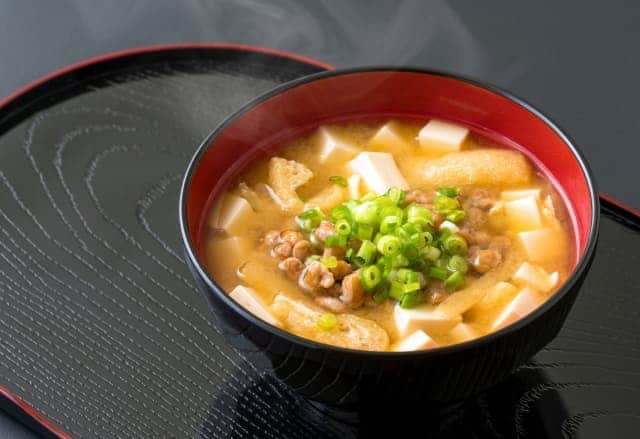
At Shojiya (そば処 庄司屋), you can enjoy Soba Kaiseki cuisine featuring the famous Natto Jiru dish. Their traditional meals start at 3,150 yen. You’ll need to reserve a spot to taste this delicious dish and more at Shojiya.
Benten (弁天)

Benten (弁天), an old-style restaurant in Akita offering Natto Jiru, holds nostalgic gatherings. While options were limited during a solo visit, the “two-tiered lunch box” impressed with generous servings of salmon and roe. Priced at 1,200 yen, the delightful flavors made it worth revisiting for the famed “Benten set meal.”
Takeaway
Discover the flavorful world of Natto Jiru! This traditional Japanese soup, blending fermented soybeans into miso, offers a thick, hearty texture. Packed with health benefits like anti-aging properties and gut support, it’s a comforting dish enjoyed in various regions. Explore our recommended restaurants to savor this beloved delicacy firsthand. Let’s try our recommended restaurants!
You can find your favourite Japanese soup below!
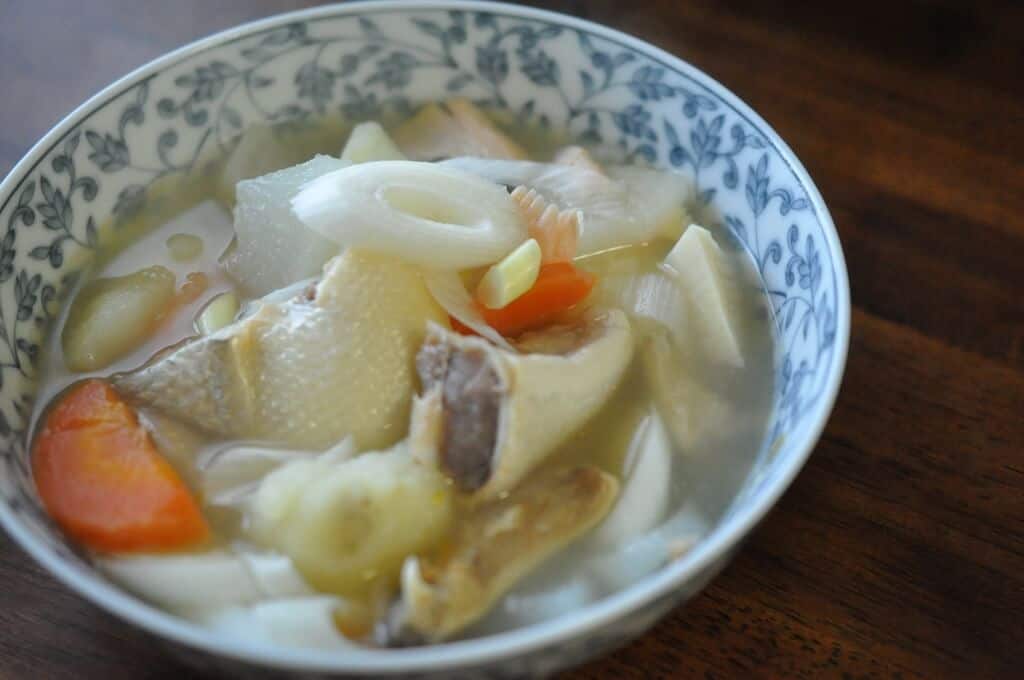
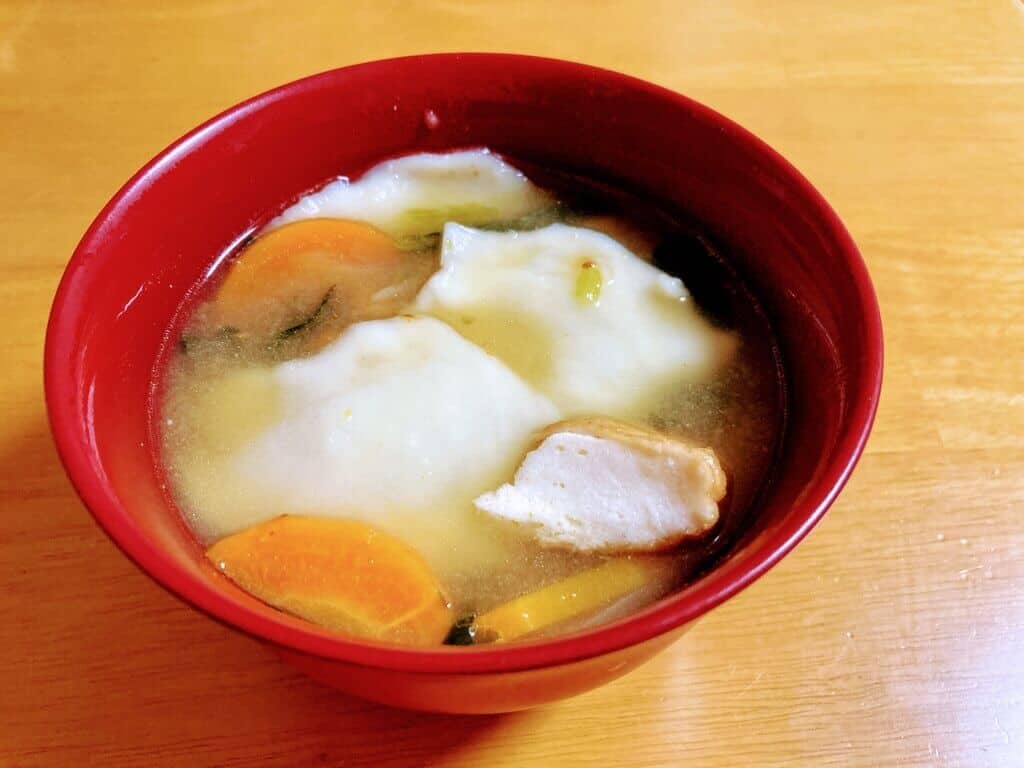


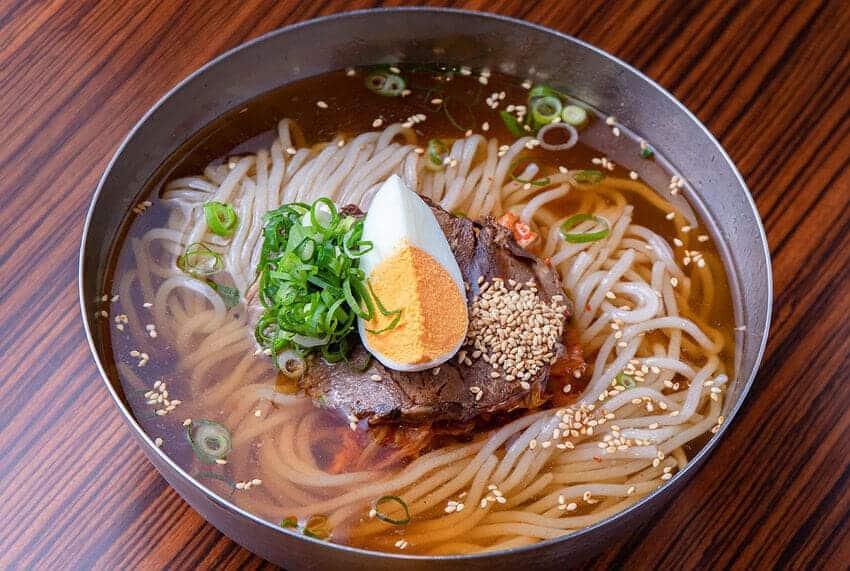
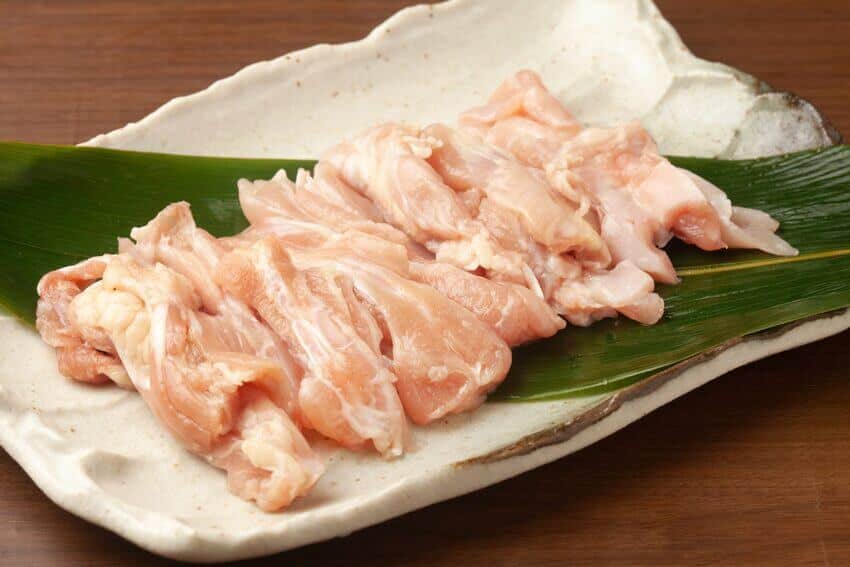
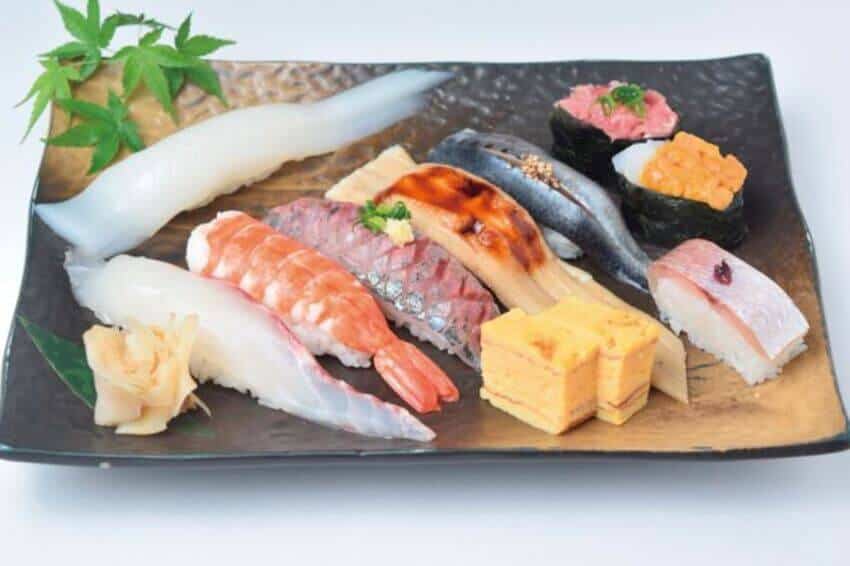




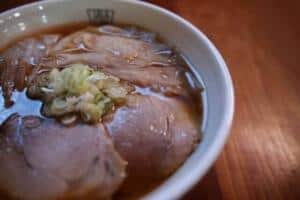
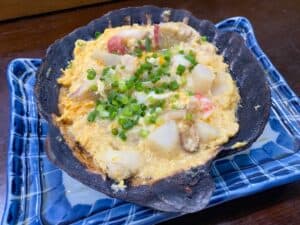

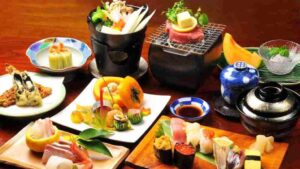
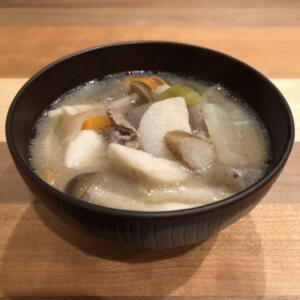
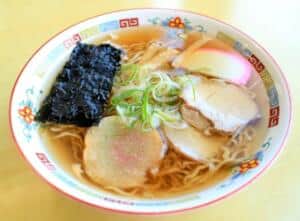

Comments